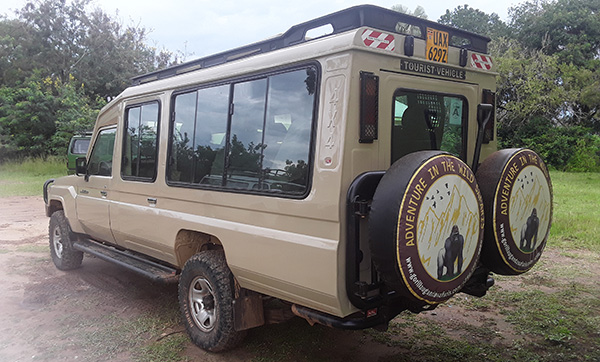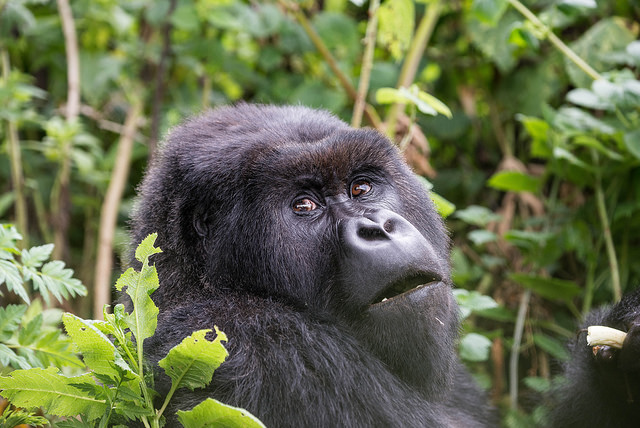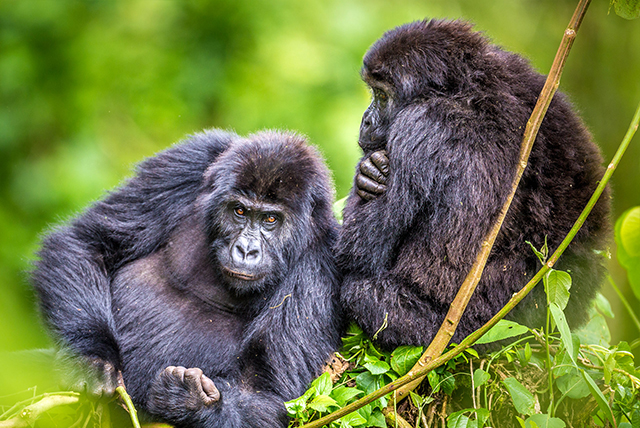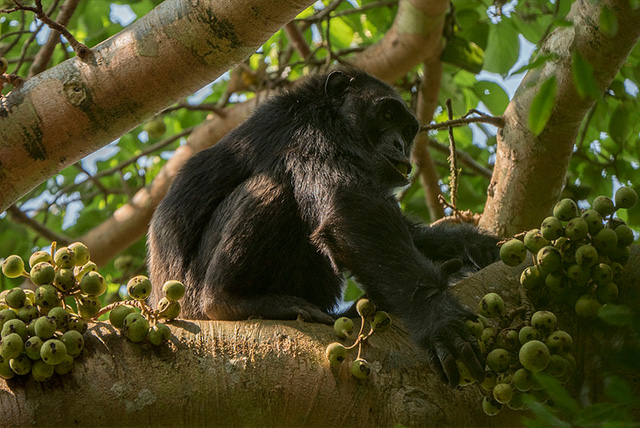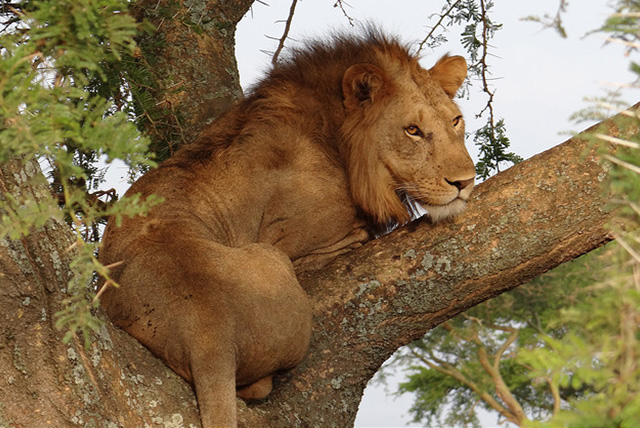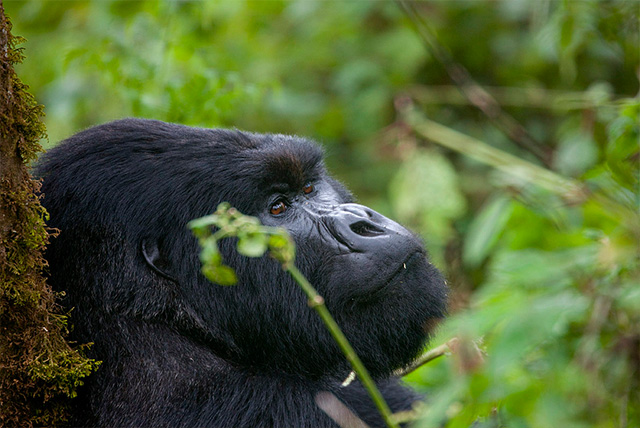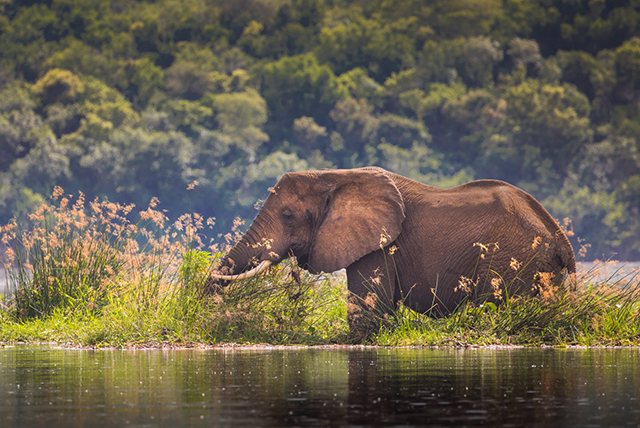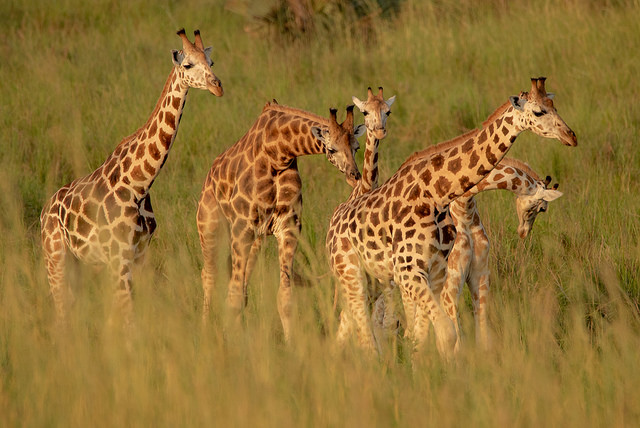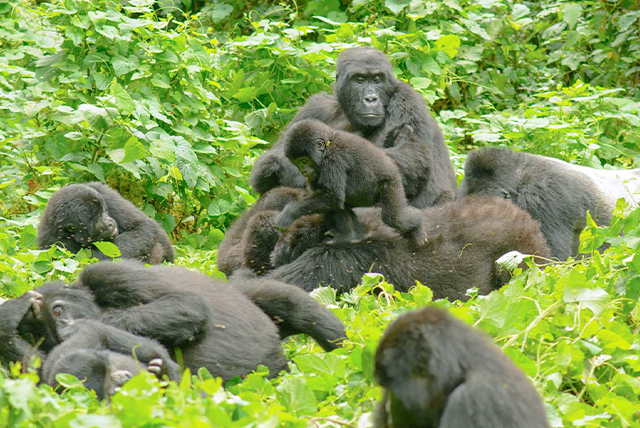Where is Botswana?
What is the location of Botswana?
Nestled in the core of the Kalahari Desert, Botswana is a captivating landlocked nation in the central region of southern Africa. Over 80% of the country is characterized by the Kalahari Sand deposit, yet Botswana proudly features the untouched wetlands of the Okavango Delta, the Linyanti swamp, and the Chobe River.
Botswana’s coordinates and elevation
Botswana is positioned between latitudes 17° and 27°S, and longitudes 20° and 30°E. Positioned along the Tropic of Capricorn, Botswana boasts a climate that features hot, wet summers and pleasantly warm winter days, complemented by chilly nights. The landscape is predominantly flat, with elevations varying from 750 to 1100 meters above sea level.
Neighbors All Around
Botswana shares its southern border with South Africa, featuring numerous immigration checkpoints that connect the two nations. To the West, the nation is flanked by Namibia, while to the East, it shares a boundary with Zimbabwe, and to the North, it is bordered by the Caprivi Strip of Namibia.
The Linyanti/Chobe River system in the North, marking the border with Namibia, stands out as the sole geological feature of significance in this region.
Statistics and Data
Covering an expansive area of 600,370 km² (231,788 miles²), Botswana stands out as one of Africa’s most sought-after travel hotspots. Situated in the heart of southern Africa, Botswana lies just north of South Africa, sharing its borders with Namibia, Zambia, and Zimbabwe, and is inhabited by over 1.5 million people. This diverse and captivating country is brimming with remarkable and intriguing facts and trivia.
Discoveries About the Terrain
Covering an area of 600,370 km² (231,788 miles²), Botswana is comparable in size to Madagascar, just a bit smaller than Texas, and slightly larger than France.
The Kalahari Desert spans more than 80% of Botswana, leading to a climate that is predominantly arid to semi-arid. Summer brings the most rainfall, with January being the height of the season. The average rainfall in the northeast reaches around 500mm annually, while other regions of the country see less than 250mm. Remarkably, certain areas like Chocó in Colombia can experience a staggering 500mm of rain in just a single day.
The Okavango River weaves its way through the heart of the Kalahari Desert, giving rise to the extraordinary ecosystem of the Okavango Delta, where vibrant bird and wildlife populations thrive. The Okavango River Delta stands as one of the largest inland deltas on the planet. Chobe National Park sits along the banks of a section of the Okavango River and boasts a remarkable population of over 120,000 elephants.
A mostly level terrain, the two tallest peaks in Botswana are Otse Mountain, standing at 1,491 metres, and the Tsodilo Hills, reaching 1,489 metres. Both of these points rise higher than the iconic Table Mountain of Cape Town, which stands at just 1,085 metres. Tanzania’s Mount Kilimanjaro towers nearly four times above both points.
Tsodilo Hills boasts an impressive collection of bushmen rock art, featuring more than 4,500 paintings scattered throughout the numerous caves in the area. Many of these paintings originate from over a hundred thousand years ago.
Insights into the Economy
Despite the common misconceptions about being ‘in third-world Africa’, Botswana is a prosperous country, thriving on the abundant wealth of diamonds discovered within its borders. A country where political stability reigns and the majority of its people thrive in comfort and prosperity. Botswana has experienced remarkable economic growth since 1966, standing out as one of the highest in the world.
In the country, a significant portion of the diamonds is extracted by a company known as Debswana, which is a collaborative venture equally shared between DeBeers and the Botswana government. The most abundant mine in the nation, and indeed the globe, can be found in the south, recognized as the Jwaneng Diamond Mine.
The currency of Botswana is called the Pula. The Pula has been in circulation since 1976, before which the country relied on the South African Rand. The term Pula translates to ‘rain’ in Setswana, symbolizing the value of money in Botswana, where rainfall is scarce and thus regarded as a vital resource.
Insights into Governance and the Nation
Before gaining independence in 1966, Botswana was recognized as the British protectorate of Bechuanaland. The official language of the country is English, yet the vibrant national language and culture of the majority of Botswana’s citizens is Setswana. In Botswana, the term used to refer to its many citizens is Batswana. One citizen hails from Botswana.
The current leader of Botswana is President Ian Khama, the son of the nation’s inaugural president, Sir Seretse Khama. The tale of President Ian Khama’s parents is a remarkable journey of love and perseverance, featuring his mother, Ruth Williams Khama, a woman of European descent.
Ruth and Seretse crossed paths in London during her time as a clerk at Lloyd’s of London, while he was immersed in his studies at law school. Their interracial marriage sparked significant discomfort and unrest amid a tumultuous political landscape in both South Africa during Apartheid and Botswana, leading them to seek refuge in London until 1956.
Insights into Health Care
Botswana is recognized for its significant challenges with HIV/AIDS infection rates, yet it also stands out for its innovative and thorough programs aimed at prevention and management of the disease.

